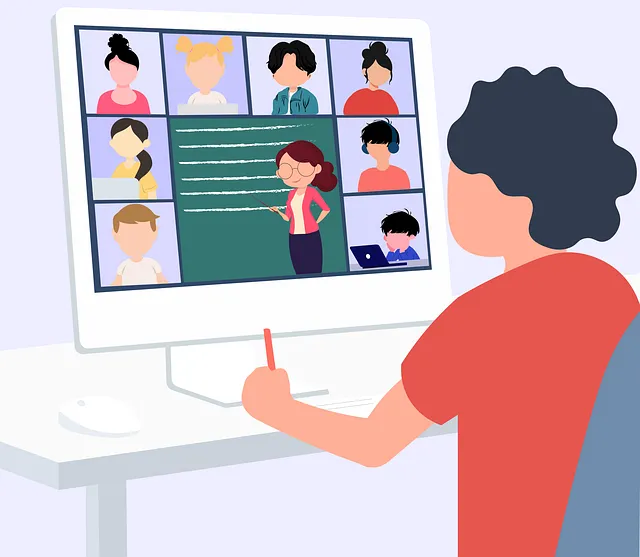In today's digital world, both government officials and medical professionals require secure online environments due to their handling of sensitive data. Stealthy browsers offer a solution with advanced encryption, preventing unauthorized access or interception. Integrating with the Tor network enhances anonymity, making it ideal for global operations where discretion is crucial. "Private Internet Access for Medical Professionals Worldwide" ensures secure browsing, protecting patient data and facilitating international collaborations without leaving digital footprints.
In today’s digital age, government officials require robust online security to safeguard sensitive operations. This article explores the concept of a ‘stealthy browser’ tailored exclusively for government use, ensuring unparalleled privacy and anonymity. We delve into the critical need for such tools, highlighting the challenges faced by medical professionals accessing private internet access worldwide in secure yet sensitive environments. By examining its unique features, we uncover how this technology can revolutionize global digital security.
- Understanding the Need for Privacy in Government Operations
- Features of a Stealthy Browser for Secrecy and Anonymity
- Ensuring Secure Online Access for Medical Professionals in Sensitive Environments
- Global Reach: Making Private Internet Access Accessible Worldwide
Understanding the Need for Privacy in Government Operations

In today’s digital age, where information is power, government officials operate within a complex web of sensitive data and classified materials. Ensuring privacy and security in their online activities is paramount to maintaining the integrity of national operations. Just as medical professionals prioritize Private Internet Access for Medical Professionals Worldwide to protect patient confidentiality, government entities must employ comparable measures to safeguard their communications and data from unauthorized access.
The nature of government work involves handling top-secret information, making it crucial to have a secure digital environment. Stealthy browsing tools are designed to offer anonymous and encrypted connections, ensuring that official communications remain private. By utilizing such technology, government officials can navigate the internet with heightened discretion, fostering an environment where ideas and strategies can be freely exchanged without fear of exposure or interception.
Features of a Stealthy Browser for Secrecy and Anonymity

In the digital age, where every click and search is potentially traceable, government officials require tools that ensure secrecy and anonymity while browsing. A stealthy browser is designed to offer an unparalleled level of privacy, allowing users to navigate the internet discreetly. Key features include advanced encryption protocols, which safeguard all data transmitted, ensuring no sensitive information escapes secure channels.
These browsers often incorporate Tor network integration, enhancing anonymity by routing traffic through multiple hidden nodes, making it nearly impossible for any single entity to track online activities. Additionally, they provide a sandboxed environment where official business can be conducted without leaving digital footprints. Features like ad and tracker blocking further protect against potential surveillance vectors, ensuring that private internet access remains just that—private and secure for medical professionals worldwide and other government officials alike.
Ensuring Secure Online Access for Medical Professionals in Sensitive Environments

In today’s digital age, medical professionals worldwide require secure online access to sensitive patient data and critical resources. This need is especially acute in government environments where security and discretion are paramount. A private Internet access (PIA) service tailored for medical professionals can ensure they have a robust, encrypted connection while working remotely or accessing confidential databases.
By employing a PIA, medical personnel can navigate the web securely, knowing their data is protected from unwanted eyes. This is crucial when connecting to government networks or handling highly sensitive patient records. With advanced encryption protocols and dedicated servers, PIA offers a private browsing experience, fostering a culture of confidentiality and enhancing operational security in even the most labyrinthine healthcare settings.
Global Reach: Making Private Internet Access Accessible Worldwide

In today’s digital age, government officials require secure and private internet access, especially when operating globally. The challenge lies in ensuring their online activities remain confidential and untraceable, regardless of their location. This is where a specialized browser designed for stealthy operations becomes indispensable. By employing cutting-edge encryption technologies, this browser enables medical professionals and other authorized officials to navigate the web with unparalleled privacy, even in countries with stringent internet censorship.
The global reach of Private Internet Access for Medical Professionals Worldwide ensures that these individuals can access essential resources and communicate securely while stationed abroad. It allows them to bypass geographical restrictions, providing unfettered access to medical databases, research papers, and international collaborations, all while maintaining the highest level of anonymity. This technology is pivotal in facilitating seamless operations for government agencies operating on an international scale.
In today’s digital age, maintaining privacy and secrecy is paramount for government operations. A stealthy browser designed specifically for officials offers a secure online environment, enhancing confidentiality in sensitive matters. By prioritizing private Internet access for medical professionals worldwide, governments can ensure the safety of confidential data, fostering a robust and discreet digital infrastructure. This innovative approach to cybersecurity not only protects vital information but also enables efficient global collaboration among healthcare workers, ultimately improving public services.
